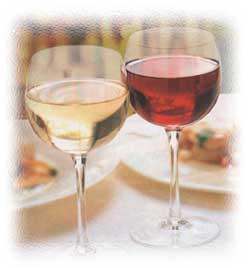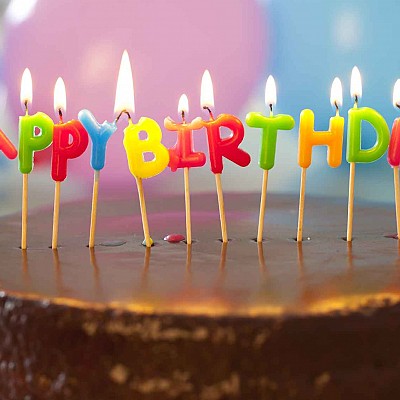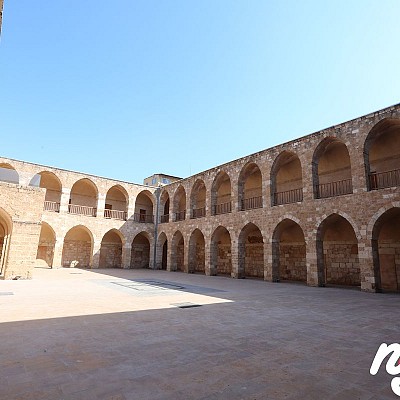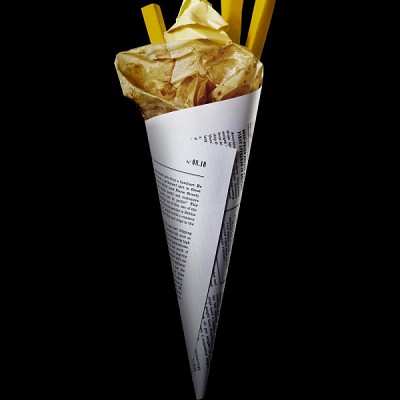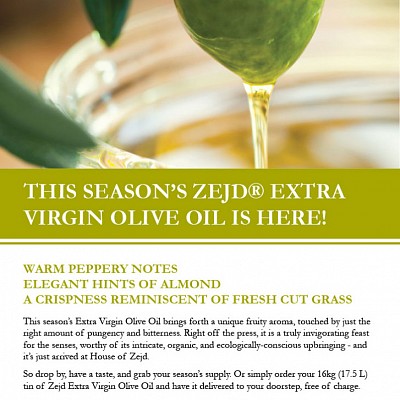I got the chance to talk to Michael Karam who shared the below with us. Those of you who don't know Michael, he notably the author of the award-winning Wines of Lebanon and the two locally famous Life's Like That books. He has an amazingly informative blog...Your Wine Style. Very informative and interesting!
He shares the below explaining how Lebanese wine is now enjoying growth both home and abroad. Lebanese wine is enjoying a period of unprecedented growth and interest both at home and abroad. With over 25 international and local grapes planted in just over 2000ha, variety is the clearly name of the game, from serious Bordeaux-Rhone style reds with Cabernet Sauvignon, Merlot and Syrah, to sunnier, fruitier blends that use Cinsault, Grenache, Carignan, Mourvedre and Tempranillo. With the whites, Lebanon’s most recent successes have been with Chardonnay, Sauvignon Blanc, Muscat and Viognier, although Semillon and Clairette are used to good effect, as are the local Obeideh and Merweh varietals. Châteaux Ksara and Kefraya have established themselves Lebanon’s biggest wineries. But other, smaller concerns have made a huge impact since the early 90s. They include a new-look Domaine des Tourelles as well as Batroun Mountains, Château Ka, Château St. Thomas, Coteaux de Botrys, Ixsir and the Karam Winery. In total, there are nearly 40 wineries of varying size at work in Lebanon, producing over 7 million bottles.
It’s a microscopic amount by global standards, but the right marketing and positioning means that Lebanon is competing internationally by making sought-after, premium quality wines. Indeed, as of this month, Mark and Spencer will carry three Lebanese wines as part of its Eastern Mediterranean range. This added exposure has come about at a time when Lebanese producers are also experimenting with different terroir. The Bekaa valley is still the center of Lebanese wine making, but northern region of Batroun now boasts eight wineries, while Mount Lebanon and the south have also demonstrated that they can grow excellent wine grapes. Local consumption has increased in the last decade and stands at roughly three bottles per person. This is in part due to a greater awareness of the health benefits associated with wine; the effect new producers have had on the market and the influence of the Diaspora. A National Wine Institute will be created in the very near future. A public/private collaboration, it will be responsible for all areas of grape growing and wine production – viticulture, viniculture, legal issues, commercial concerns, quality control and analysis, as well as the creation of a system similar to, and inspired by, the French appellation d’origine contrôlée. Indeed, the future has never looked better for Lebanese wine.
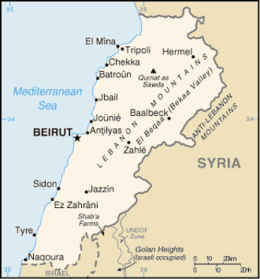
A slice of history People are still surprised to learn that there is such a thing as Lebanese wine, let alone that wine production in Lebanon can be traced back to 7000 BC, making it one of the of the oldest wine drinking countries on earth. Neolithic man may have enjoyed the effects of the juice from the fermented grape, but it was the Phoenicians, the seafaring Semitic people, famed for their trading acumen, who, as arguably the world’s first wine merchants, put Lebanese wine on the map. As early as 3000 BC, and up to 330 BC, they bottled and shipped their prized elixirs from their power bases in Byblos, Sidon and Tyre, spreading viniculture to the central and western Mediterranean and beyond. In 1517, what is now Lebanon was absorbed into the Ottoman Empire and winemaking was forbidden to all except the church.
In 1857, 61 years before the sun would set on imperial Turkey, Jesuits brothers in the Bekaa town of Zahle began experimenting with French vines from Algeria and laid the foundations, not only of Château Ksara, Lebanon’s oldest and biggest producer, but also of the modern Lebanese wine industry. Eleven years later, in 1868, a pioneering French engineer, Francois Eugene Brun, founded Domaine des Tourelles, Lebanon’s first commercial producer. But it was only with the end of World War I in 1918 and the arrival of a thirsty French civil and military administration that governed the country for 25 years, that Lebanese wine came into its own. Dozens of wineries sprung up to cater to this new demand, among them Château Musar, arguably the most famous of all Lebanese producers, which was established in 1930. With independence came prosperity.

Lebanon’s post-war role as a cosmopolitan, financial hub saw the country enter something of a golden age that offered further opportunities for wine culture to take hold. It lasted until 1975, when the country sadly descended into a 15-year civil conflict that stunted all economic development, including that of the miniscule wine industry. With peace, came new opportunities and growth. The global popularity of New World wines galvanized Lebanon’s few established wineries into action and inspired a new generation of producers to exploit the potential of the country’s winemaking tradition.


















